#math technology
Explore tagged Tumblr posts
Text
#Pi Day#Pi Skyline#Desmos project#graphing project#math project#inequalities#trigonometry#Desmos tutorial#Pi Day activity#math celebration#hands-on learning#math technology#graphing activities#math education#math visualizations#Desmos graphing#math for high school#Pi Day fun#geometry activities
0 notes
Text

LaRue Burbank, mathematician and computer, is just one of the many women who were instrumental to NASA missions.
4 Little Known Women Who Made Huge Contributions to NASA
Women have always played a significant role at NASA and its predecessor NACA, although for much of the agency’s history, they received neither the praise nor recognition that their contributions deserved. To celebrate Women’s History Month – and properly highlight some of the little-known women-led accomplishments of NASA’s early history – our archivists gathered the stories of four women whose work was critical to NASA’s success and paved the way for future generations.
LaRue Burbank: One of the Women Who Helped Land a Man on the Moon
LaRue Burbank was a trailblazing mathematician at NASA. Hired in 1954 at Langley Memorial Aeronautical Laboratory (now NASA’s Langley Research Center), she, like many other young women at NACA, the predecessor to NASA, had a bachelor's degree in mathematics. But unlike most, she also had a physics degree. For the next four years, she worked as a "human computer," conducting complex data analyses for engineers using calculators, slide rules, and other instruments. After NASA's founding, she continued this vital work for Project Mercury.
In 1962, she transferred to the newly established Manned Spacecraft Center (now NASA’s Johnson Space Center) in Houston, becoming one of the few female professionals and managers there. Her expertise in electronics engineering led her to develop critical display systems used by flight controllers in Mission Control to monitor spacecraft during missions. Her work on the Apollo missions was vital to achieving President Kennedy's goal of landing a man on the Moon.
Eilene Galloway: How NASA became… NASA
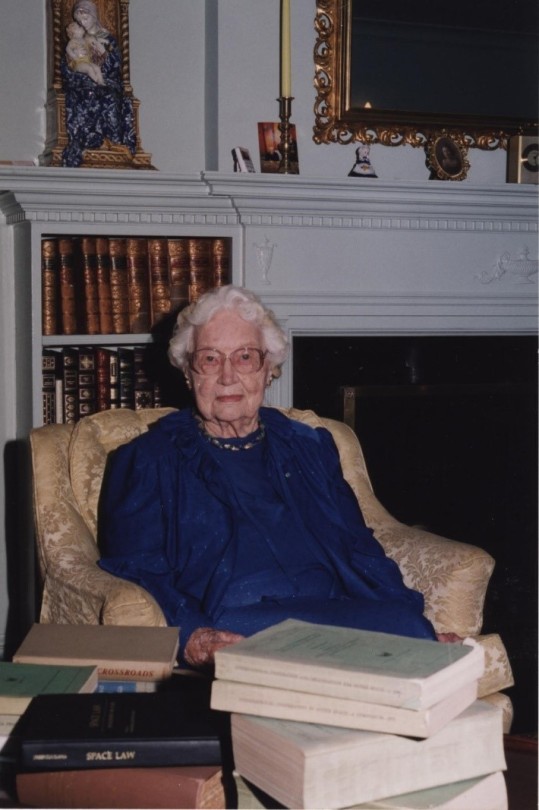
Eilene Galloway wasn't a NASA employee, but she played a huge role in its very creation. In 1957, after the Soviet Union launched Sputnik, Senator Richard Russell Jr. called on Galloway, an expert on the Atomic Energy Act, to write a report on the U.S. response to the space race. Initially, legislators aimed to essentially re-write the Atomic Energy Act to handle the U.S. space goals. However, Galloway argued that the existing military framework wouldn't suffice – a new agency was needed to oversee both military and civilian aspects of space exploration. This included not just defense, but also meteorology, communications, and international cooperation.
Her work on the National Aeronautics and Space Act ensured NASA had the power to accomplish all these goals, without limitations from the Department of Defense or restrictions on international agreements. Galloway is even to thank for the name "National Aeronautics and Space Administration", as initially NASA was to be called “National Aeronautics and Space Agency” which was deemed to not carry enough weight and status for the wide-ranging role that NASA was to fill.
Barbara Scott: The “Star Trek Nerd” Who Led Our Understanding of the Stars
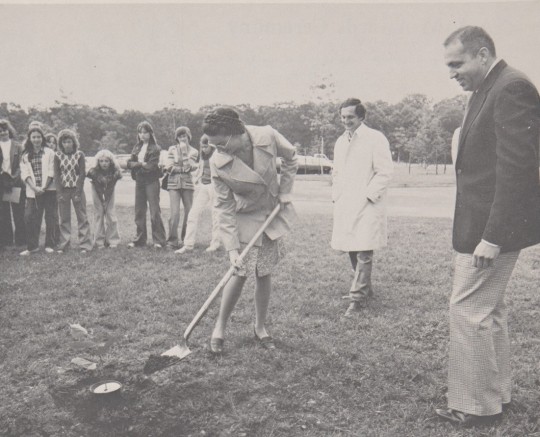
A self-described "Star Trek nerd," Barbara Scott's passion for space wasn't steered toward engineering by her guidance counselor. But that didn't stop her! Fueled by her love of math and computer science, she landed at Goddard Spaceflight Center in 1977. One of the first women working on flight software, Barbara's coding skills became instrumental on missions like the International Ultraviolet Explorer (IUE) and the Thermal Canister Experiment on the Space Shuttle's STS-3. For the final decade of her impressive career, Scott managed the flight software for the iconic Hubble Space Telescope, a testament to her dedication to space exploration.
Dr. Claire Parkinson: An Early Pioneer in Climate Science Whose Work is Still Saving Lives

Dr. Claire Parkinson's love of math blossomed into a passion for climate science. Inspired by the Moon landing, and the fight for civil rights, she pursued a graduate degree in climatology. In 1978, her talents landed her at Goddard, where she continued her research on sea ice modeling. But Parkinson's impact goes beyond theory. She began analyzing satellite data, leading to a groundbreaking discovery: a decline in Arctic sea ice coverage between 1973 and 1987. This critical finding caught the attention of Senator Al Gore, highlighting the urgency of climate change.
Parkinson's leadership extended beyond research. As Project Scientist for the Aqua satellite, she championed making its data freely available. This real-time information has benefitted countless projects, from wildfire management to weather forecasting, even aiding in monitoring the COVID-19 pandemic. Parkinson's dedication to understanding sea ice patterns and the impact of climate change continues to be a valuable resource for our planet.
Make sure to follow us on Tumblr for your regular dose of space!
#NASA#space#tech#technology#womens history month#women in STEM#math#climate science#computer science
2K notes
·
View notes
Text
STEM resources🔬🪐🦠
Resources for STEM subjects ▪︎ A-levels ▪︎ IB ▪︎ University entrance exam prep ▪︎ STEM book reviews ▪︎CV help
~~~~~~~~~~~~~~~~~~~~~~~~~~~~~
Articles to read
Sideroblastic anaemia
Rabies
Arctic Springtail
Topology
Story of the atom
Allergies
Genetic diagnosis with AI
#STEM#articles#website#biology#chemistry#technology#physics#sciences#maths#math#studyblr#studying#a levels#IB#ib#cv#university#exams
148 notes
·
View notes
Text

Woodcut from "One Hundred and Sixty Articles Against the Mathematicians and Philosophers of This Tempest" by Giordano Bruno
#Giordano Bruno#sacred geometry#serpent#geometry#simulation theory#simulated reality#simulated universe#holographic universe#consciousness#light#mathematics#science#philosophy#energy#ascension#magic#godhood#ancient#enlightenment#books#flower of life#technology#age of aquarius#alchemy#math#art#patterns
111 notes
·
View notes
Text
Tesla’s Wardenclyffe Tower: Built on Sound Math, Undone by Cost and Misunderstanding

Let’s set the record straight—Nikola Tesla’s Wardenclyffe Tower was a high-voltage experimental transmission system grounded in quarter-wave resonance and electrostatic conduction—not Hertzian radiation. And the math behind it? It was solid—just often misunderstood by people applying the wrong physics.
In May 1901, Tesla calculated that to set the Earth into electrical resonance, he needed a quarter-wavelength system with a total conductor length of about 225,000 cm, or 738 feet.
So Tesla’s tower design had to evolve during construction. In a letter dated September 13, 1901, to architect Stanford White, Tesla wrote: “We cannot build that tower as outlined.” He scaled the visible height down to 200 feet. The final structure—based on photographic evidence and Tesla’s own testimony—stood at approximately 187 feet above ground. To meet the required electrical length, Tesla engineered a system that combined spiral coil geometry, an elevated terminal, a 120-foot vertical shaft extending underground, and radial pipes buried outward for approximately 300 feet. This subterranean network, together with the 187-foot tower and carefully tuned inductance, formed a continuous resonant conductor that matched Tesla’s target of 738 feet. He described this strategy in his 1897 patent (No. 593,138) and expanded on it in his 1900 and 1914 patents, showing how to simulate a longer conductor using high-frequency, resonant components. Even with a reduced visible height, Tesla’s system achieved quarter-wave resonance by completing the rest underground—proving that the tower’s electrical length, not its physical height, was what really mattered.
Tesla calculated his voltages to be around 10 million statvolts (roughly 3.3 billion volts in modern SI), so he had to consider corona discharge and dielectric breakdown. That’s why the terminal was designed with large, smooth spherical surfaces—to minimize electric surface density and reduce energy loss. This was no afterthought; it’s a core feature of his 1914 patent and clearly illustrated in his design sketches.
Now, about that ±16 volt swing across the Earth—what was Tesla talking about?
He modeled the Earth as a conductive sphere with a known electrostatic capacity. Using the relation:
ε × P = C × p
Where:
ε is the terminal’s capacitance (estimated at 1,000 cm)
P is the applied voltage (10⁷ statvolts)
C is the Earth’s capacitance, which Tesla estimated at 5.724 × 10⁸ cm (based on the Earth’s size)
p is the resulting voltage swing across the Earth
Plugging in the numbers gives p ≈ 17.5 volts, which Tesla rounded to ±16 volts. That’s a theoretical 32-volt peak-to-peak swing globally—not a trivial claim, but one rooted in his framework.
Modern recalculations, based on updated geophysical models, suggest a smaller swing—closer to ±7 volts—using a revised Earth capacitance of about 7.1 × 10⁸ cm. But that’s not a knock on Tesla’s math. His original ±16V estimate was fully consistent with the cgs system and the best data available in 1901, where the Earth was treated as a uniformly conductive sphere.
The difference between 7 and 16 volts isn’t about wrong numbers—it’s about evolving assumptions. Tesla wrote the equation. Others just adjusted the inputs. His premise—that the Earth could be set into controlled electrical resonance—still stands. Even if the voltage swing changes. The vision didn’t.
Wouldn't that ±16V swing affect nature or people? Not directly. It wasn’t a shock or discharge—it was a global oscillation in Earth’s electric potential, spread evenly across vast distances. The voltage gradient would be tiny at any given point—far less than what’s generated by everyday static electricity. Unless something was specifically tuned to resonate with Tesla’s system, the swing had no noticeable effect on people, animals, or the environment. It was a theoretical signature of resonance, not a hazard. While some early experiments in Colorado Springs did produce disruptive effects—like sparks from metal objects or spooked horses—those involved untuned, high-voltage discharges during Tesla’s exploratory phase. Wardenclyffe, by contrast, was a refined and carefully grounded system, engineered specifically to minimize leakage, discharge, and unintended effects.
And Tesla wasn’t trying to blast raw power through the ground. He described the system as one that would “ring the Earth like a bell,” using sharp, high-voltage impulses at a resonant frequency to create standing waves. As he put it:
“The secondary circuit increases the amplitude only... the actual power is only that supplied by the primary.” —Tesla, Oct. 15, 1901
Receivers, tuned to the same frequency, could tap into the Earth’s oscillating potential—not by intercepting radiated energy, but by coupling to the Earth’s own motion. That ±16V swing wasn’t a bug—it was the signature of resonance. Tesla’s transmitter generated it by pumping high-frequency, high-voltage impulses into the Earth, causing the surface potential to oscillate globally. That swing wasn’t the energy itself—it acted like a resonant “carrier.” Once the Earth was ringing at the right frequency, Tesla could send sharp impulses through it almost instantly, and tuned receivers could extract energy.
So—was it feasible?
According to Tesla’s own patents and 1916 legal testimony, yes. He accounted for insulation, voltage gradients, tuning, and corona losses. His design didn’t rely on brute force, but on resonant rise and impulse excitation. Tesla even addressed concerns over losses in the Earth—his system treated the planet not as a passive resistor but as an active component of the circuit, capable of sustaining standing waves.
Wardenclyffe wasn’t a failure of science. It was a casualty of cost, politics, and misunderstanding. Tesla’s system wasn’t just about wireless power—it was about turning the entire planet into a resonant electrical system. His use of electrostatics, high-frequency resonance, and spherical terminals was decades ahead of its time—and still worth studying today.
“The present is theirs; the future, for which I really worked, is mine.” —Nikola Tesla
#nikola tesla#science#history#quotes#electricity#wireless#technology#mathematics#math#engineering#power#Wardenclyffe#ahead of his time#ahead of our time
81 notes
·
View notes
Text
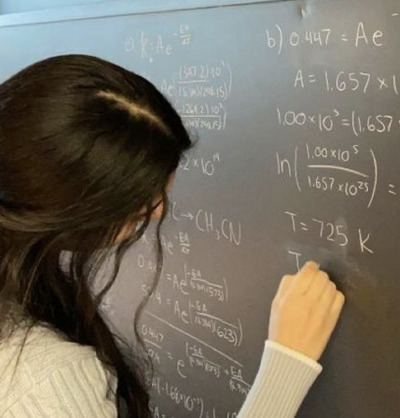
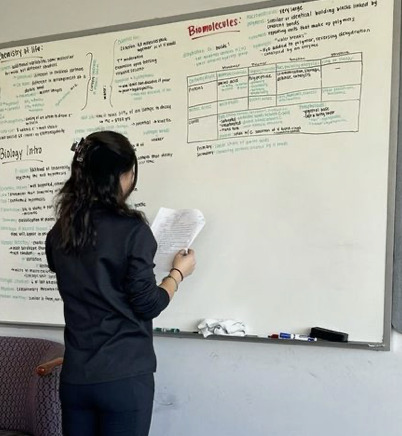
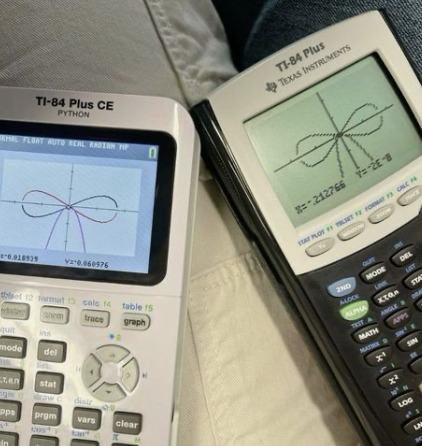
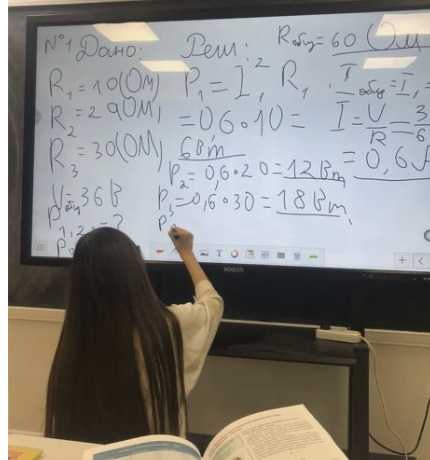
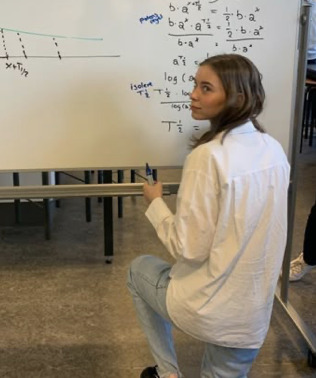
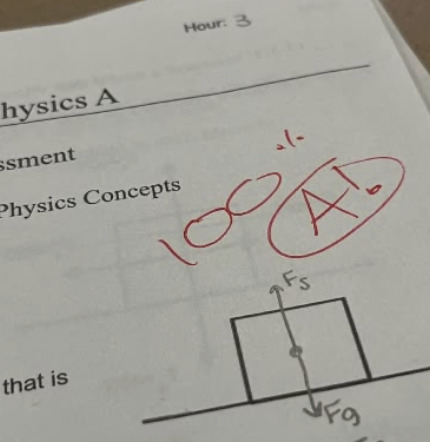
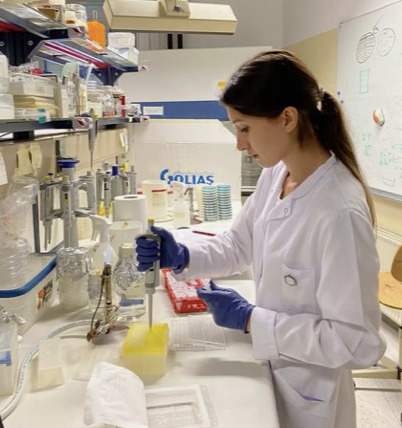
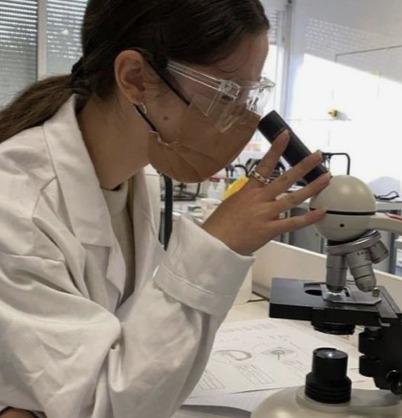
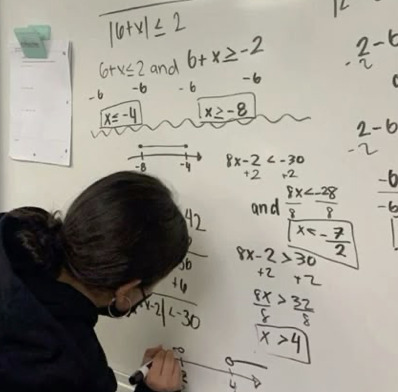
STEM girls. 🪐🔬🧪
#STEM#women in stem#academic weapon#student#rory gilmore aesthetic#moodboard#pinterest#beauty#maths#math#mathematics#science#technology#engineering#romantic academia#academia#dark academia#light academia#classic academia#study inspo#study motivation#vintage#aesthetic#pinterest moodboard
100 notes
·
View notes
Text
April 14, Xi'an, China, Shaanxi History Museum, Qin and Han Dynasties Branch (Part 3 – Innovations and Philosophies):
(Edit: sorry this post came out so late, I got hit by the truck named life and had to get some rest, and this post in itself took some effort to research. But anyway it's finally up, please enjoy!)
A little background first, because this naming might lead to some confusions.....when you see location adjectives like "eastern", "western", "northern", "southern" added to the front of Zhou dynasty, Han dynasty, Song dynasty, and Jin/晋 dynasty, it just means the location of the capital city has changed. For example Han dynasty had its capital at Chang'an (Xi'an today) in the beginning, but after the very brief but not officially recognized "Xin dynasty" (9 - 23 AD; not officially recognized in traditional Chinese historiography, it's usually seen as a part of Han dynasty), Luoyang became the new capital. Because Chang'an is geographically to the west of Luoyang, the Han dynasty pre-Xin is called Western Han dynasty (202 BC - 8 AD), and the Han dynasty post-Xin is called Eastern Han dynasty (25 - 220 AD). As you can see here, in these cases this sort of adjective is simply used to indicate different time periods in the same dynasty.
Model of a dragonbone water lift/龙骨��车, Eastern Han dynasty. This is mainly used to push water up to higher elevations for the purpose of irrigation:
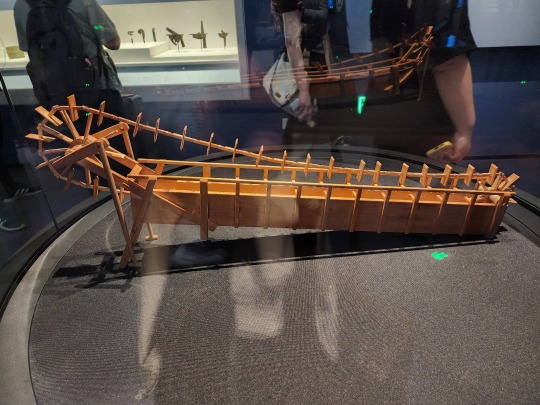
Model of a water-powered bellows/冶铁水排, Eastern Han dynasty. Just as the name implies, as flowing water pushes the water wheel around, the parts connected to the axle will pull and push on the bellows alternately, delivering more air to the furnace for the purpose of casting iron.

The Nine Chapters on the Mathematical Art/《九章算术》, Fangcheng/方程 chapter. It’s a compilation of the work of many scholars from 10 th century BC until 2 nd century AD, and while the earliest authors are unknown, it has been edited and supplemented by known scholars during Western Han dynasty (also when the final version of this book was compiled), then commented on by scholars during Three Kingdoms period (Kingdom of Wei) and Tang dynasty. The final version contains 246 example problems and solutions that focus on practical applications, for example measuring land, surveying land, construction, trading, and distributing taxes. This focus on practicality is because it has been used as a textbook to train civil servants. Note that during Han dynasty, fangcheng means the method of solving systems of linear equations; today, fangcheng simply means equation. For anyone who wants to know a little more about this book and math in ancient China, here’s an article about it. (link goes to pdf)

Diagram of a circle in a right triangle (called “勾股容圆” in Chinese), from the book Ceyuan Haijing/《测圆海镜》 by Yuan-era mathematician Li Ye/李冶 (his name was originally Li Zhi/李治) in 1248. Note that Pythagorean Theorem was known by the name Gougu Theorem/勾股定理 in ancient China, where gou/勾 and gu/股 mean the shorter and longer legs of the right triangle respectively, and the hypotenuse is named xian/弦 (unlike what the above linked article suggests, this naming has more to do with the ancient Chinese percussion instrument qing/磬, which is shaped similar to a right triangle). Gougu Theorem was recorded in the ancient Chinese mathematical work Zhoubi Suanjing/《周髀算经》, and the name Gougu Theorem is still used in China today.

Diagram of the proof for Gougu Theorem in Zhoubi Suanjing. The sentence on the left translates to "gou (shorter leg) squared and gu (longer leg) squared makes up xian (hypotenuse) squared", which is basically the equation a² + b² = c². Note that the character for "squared" here (mi/幂) means "power" today.

This is a diagram of Zhang Heng’s seismoscope, called houfeng didong yi/候风地动仪 (lit. “instrument that measures the winds and the movements of the earth”). It was invented during Eastern Han dynasty, but no artifact of houfeng didong yi has been discovered yet, this is presumably due to constant wars at the end of Eastern Han dynasty. All models and diagrams that exist right now are what historians and seismologists think it should look like based on descriptions from Eastern Han dynasty. This diagram is based on the most popular model by Wang Zhenduo that has an inverted column at the center, but this model has been widely criticized for its ability to actually detect earthquakes. A newer model that came out in 2005 with a swinging column pendulum in the center has shown the ability to detect earthquakes, but has yet to demonstrate ability to reliably detect the direction where the waves originate, and is also inconsistent with the descriptions recorded in ancient texts. What houfeng didong yi really looks like and how it really works remains a mystery.
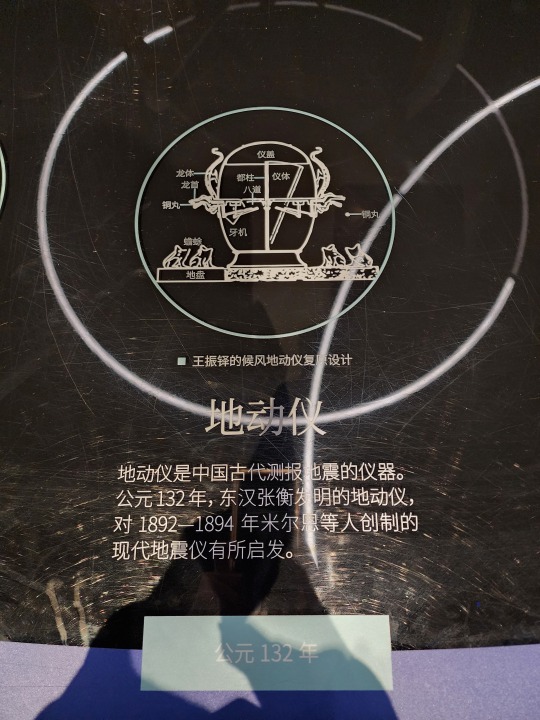
Xin dynasty bronze calipers, the earliest sliding caliper found as of now (not the earliest caliper btw). This diagram is the line drawing of the actual artifact (right).


Ancient Chinese "Jacquard" loom (called 提花机 or simply 花机 in Chinese, lit. "raise pattern machine"), which first appeared no later than 1st century BC. The illustration here is from the Ming-era (1368 - 1644) encyclopedia Tiangong Kaiwu/《天工开物》. Basically it's a giant loom operated by two people, the person below is the weaver, and the person sitting atop is the one who controls which warp threads should be lifted at what time (all already determined at the designing stage before any weaving begins), which creates patterns woven into the fabric. Here is a video that briefly shows how this type of loom works (start from around 1:00). For Hanfu lovers, this is how zhuanghua/妆花 fabric used to be woven, and how traditional silk fabrics like yunjin/云锦 continue to be woven. Because it is so labor intensive, real jacquard silk brocade woven this way are extremely expensive, so the vast majority of zhuanghua hanfu on the market are made from machine woven synthetic materials.

Chinese purple is a synthetic pigment with the chemical formula BaCuSi2O6. There's also a Chinese blue pigment. If anyone is interested in the chemistry of these two compounds, here's a paper on the topic. (link goes to pdf)

A list of common colors used in Qin and Han dynasties and the pigments involved. White pigment comes from chalk, lead compounds, and powdered sea shells; green pigment comes from malachite mineral; blue pigment usually comes from azurite mineral; black comes from pine soot and graphite; red comes from cinnabar; ochre comes from hematite; and yellow comes from realgar and orpiment minerals.

Also here are names of different colors and shades during Han dynasty. It's worth noting that qing/青 can mean green (ex: 青草, "green grass"), blue (ex: 青天, "blue sky"), any shade between green and blue, or even black (ex: 青丝, "black hair") in ancient Chinese depending on the context. Today 青 can mean green, blue, and everything in between.

Western Han-era bronze lamp shaped like a goose holding a fish in its beak. This lamp is interesting as the whole thing is hollow, so the smoke from the fire in the lamp (the fish shaped part) will go up into the neck of the goose, then go down into the body of the goose where there's water to catch the smoke, this way the smoke will not be released to the surrounding environment. There are also other lamps from around the same time designed like this, for example the famous gilt bronze lamp that's shaped like a kneeling person holding a lamp.


Part of a Qin-era (?) clay drainage pipe system:

A list of canals that was dug during Warring States period, Qin dynasty, and pre-Emperor Wu of Han Han dynasty (475 - 141 BC). Their purposes vary from transportation to irrigation. The name of the first canal on the list, Hong Gou/鸿沟, has already become a word in Chinese language, a metaphor for a clear separation that cannot be crossed (ex: 不可逾越的鸿沟, meaning "a gulf that cannot be crossed").

Han-era wooden boat. This boat is special in that its construction has clear inspirations from the ancient Romans, another indication of the amount of information exchange that took place along the Silk Road:

A model that shows how the Great Wall was constructed in Qin dynasty. Laborers would use bamboo to construct a scaffold (bamboo scaffolding is still used in construction today btw, though it's being gradually phased out) so people and materials (stone bricks and dirt) can get up onto the wall. Then the dirt in the middle of the wall would be compressed into rammed earth, called hangtu/夯土. A layer of stone bricks may be added to the outside of the hangtu wall to protect it from the elements. This was also the method of construction for many city walls in ancient China.

A list of the schools of thought that existed during Warring States period, their most influential figures, their scholars, and their most famous works. These include Confucianism (called Ru Jia/儒家 in Chinese; usually the suffix "家" at the end denotes a school of thought, not a religion; the suffix "教" is that one that denotes a religion), Daoism/道家, Legalism (Fa Jia/法家), Mohism/墨家, etc.

The "Five Classics" (五经) in the "Four Books and Five Classics" (四书五经) associated with the Confucian tradition, they are Shijing/《诗经》 (Classic of Poetry), Yijing/《易经》 (also known as I Ching), Shangshu/《尚书》 (Classic of History), Liji/《礼记》 (Book of Rites), and Chunqiu/《春秋》 (Spring and Autumn Annals). The "Four Books" (四书) are Daxue/《大学》 (Great Learning), Zhongyong/《中庸》 (Doctrine of the Mean), Lunyu/《论语》 (Analects), and Mengzi/《孟子》 (known as Mencius).

And finally the souvenir shop! Here's a Chinese chess (xiangqi/象棋) set where the pieces are fashioned like Western chess, in that they actually look like the things they are supposed to represent, compared to traditional Chinese chess pieces where each one is just a round wooden piece with the Chinese character for the piece on top:

A blind box set of small figurines that are supposed to mimic Shang and Zhou era animal-shaped bronze vessels. Fun fact, in Shang dynasty people revered owls, and there was a female general named Fu Hao/妇好 who was buried with an owl-shaped bronze vessel, so that's why this set has three different owls (top left, top right, and middle). I got one of these owls (I love birds so yay!)


And that concludes the museums I visited while in Xi'an!
#2024 china#xi'an#china#shaanxi history museum qin and han dynasties branch#chinese history#chinese culture#chinese language#qin dynasty#han dynasty#warring states period#chinese philosophy#ancient technology#math history#history#culture#language
96 notes
·
View notes
Text


Did some art for a local science and technology fair!
34 notes
·
View notes
Text




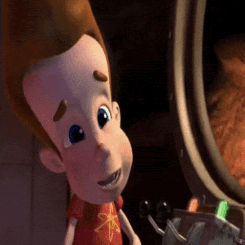


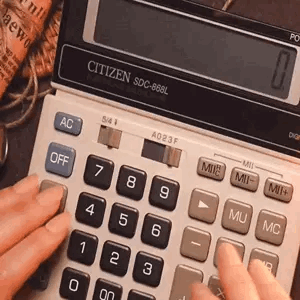

gaystims prompts: 🌈 - Random! Send a prompt I haven't given here ("for a show you got into recently") answer: jimmy neutron
📟 💾 🍬 / 🧪 👕 🐶 / 🤖 🖩 🎢
#stimboard#stimblr#stim#technically the most recent thing ive watched is pkmn horizons but this is to compensate my JN watch i sidetracked by accident#jimmy neutron#jimmy neutron: boy genius#math#science#chemistry#toycore#action figure#rollercoaster#candy bar#kitkat#chocolate#candy#calculator#tech#technology#wires#2000s#nostalgia#robocore#fake animals#dogs#gray#black#red#blue#computer
26 notes
·
View notes
Text
24/7 daydreaming abt calling jisung pretty boy
#markkiatocafe#kia yap sessions#im in the middle of math class rn but jisung is top priority#nct#nct dream#nct u#neo culture technology#park jisung#andy park#park jusung nct dream#park jisung fluff#park jisung ff
21 notes
·
View notes
Text

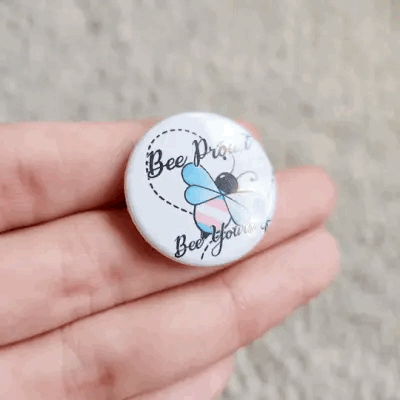

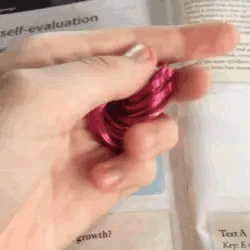

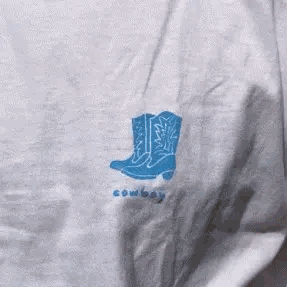



Trans engineer stimboard to celebrate me getting on T :]]]
Art by @gearbroth
🏳️⚧️ 🔧 🏳️⚧️ / 🔧 🏳️⚧️ 🔧 / 🔧 🏳️⚧️ 🔧

#trans#buttons#bee#tf2#engineer#machinery#mech#mechanical#technology#heart#strawberry#earring#fidget toy#stim toy#calculator#math#cows#cowboy#team fortress 2#stim#stimboard#not request#fav#construction
42 notes
·
View notes
Text
Today on episode 8923173289119 of "Programmers Should Not Be Allowed To Name Anything Ever Again":
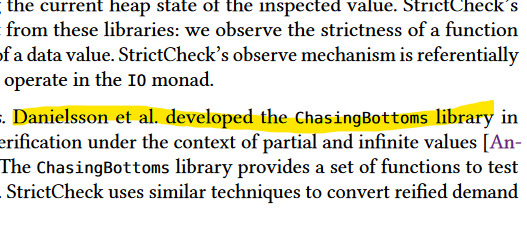
(The paper in which I found this citation: https://dl.acm.org/doi/pdf/10.1145/3236797)
(The actual paper: https://link.springer.com/chapter/10.1007/978-3-540-27764-4_6)
#stem#academics#academia#computer science#theoretical computer science#haskell#research#math#mathblr#mathematics#stemblr#technology
179 notes
·
View notes
Text
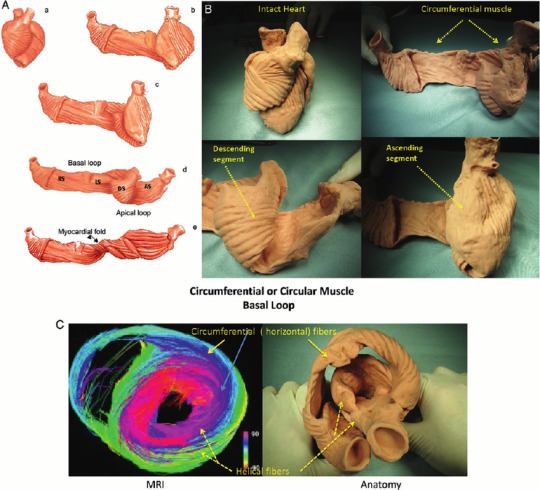
The helical structure of our heart.
#vortex math#sacred geometry#light#energy#enlightenment#anatomy#consciousness#ascension#magic#alchemy#chestahedron#science#technology#geometry#art#fibonacci sequence#fibonacci spiral#spiral
29 notes
·
View notes
Text
youtube
How To Learn Math for Machine Learning FAST (Even With Zero Math Background)
I dropped out of high school and managed to became an Applied Scientist at Amazon by self-learning math (and other ML skills). In this video I'll show you exactly how I did it, sharing the resources and study techniques that worked for me, along with practical advice on what math you actually need (and don't need) to break into machine learning and data science.
#How To Learn Math for Machine Learning#machine learning#free education#education#youtube#technology#educate yourselves#educate yourself#tips and tricks#software engineering#data science#artificial intelligence#data analytics#data science course#math#mathematics#Youtube
21 notes
·
View notes
Text
so if Science, Technology, Engineering, and Maths equal STEM, then its logical counterpart would be LEAF (Literature, English, Arts, and Film) right?
it has the plant theme and everything
14 notes
·
View notes
Text








Absolutely the last posting for orders after this any posting is first come first serve Part one of two and last chance to DM and order any of these as quite few I've found are already out of print so going to be doing one big push to get as many duplicates as possible for flipping werk and retiring the ones I absolutely ordered for my self in first place any way, part two will contain what currently wearing on wardrobe + all rude funny phrases and equality pin + a preview on pile of them some already aquired duplicates of ones think ppl will want + all grab bag ones i didn't want but most def will let go crazy cheap to y'all. Yeah after the big order gonna empty two books onto my private room wall hanging so I can rotate them on me as see fit while opening up all space for all duplicates n randoms and will be a first come first serve based on stock system and no more order attempts so last call y'all see what ya like or if ones close or gives idea 💡 a show cartoon movie meme ECT tho also takeing funds up front now for the orders as I can't possibly front all that plus do the required duplicate attempt while seeing which ones simply are gone, if one you pick is gone you'll be sent 3 close options to it and then refunded if required so sorry in advance if it's gone. Personal id give at least two or 3 options that you want per order attempt just based on fact I've found alot go go gone city sadly.
When I get the current duplicates in book & randoms I'll post them as they are first come first serve y'all .
#dm me#enamel pins#pins#80s#90s#2000s#nickelodeon#cartoon network#Disney#anime#tv shows#movies#pc#nintendo#STEM#science#technology#engineering#math#religion jokes#dnd#cats#kitties#aliens#animals#dank memes#memes#internet#quotes
12 notes
·
View notes